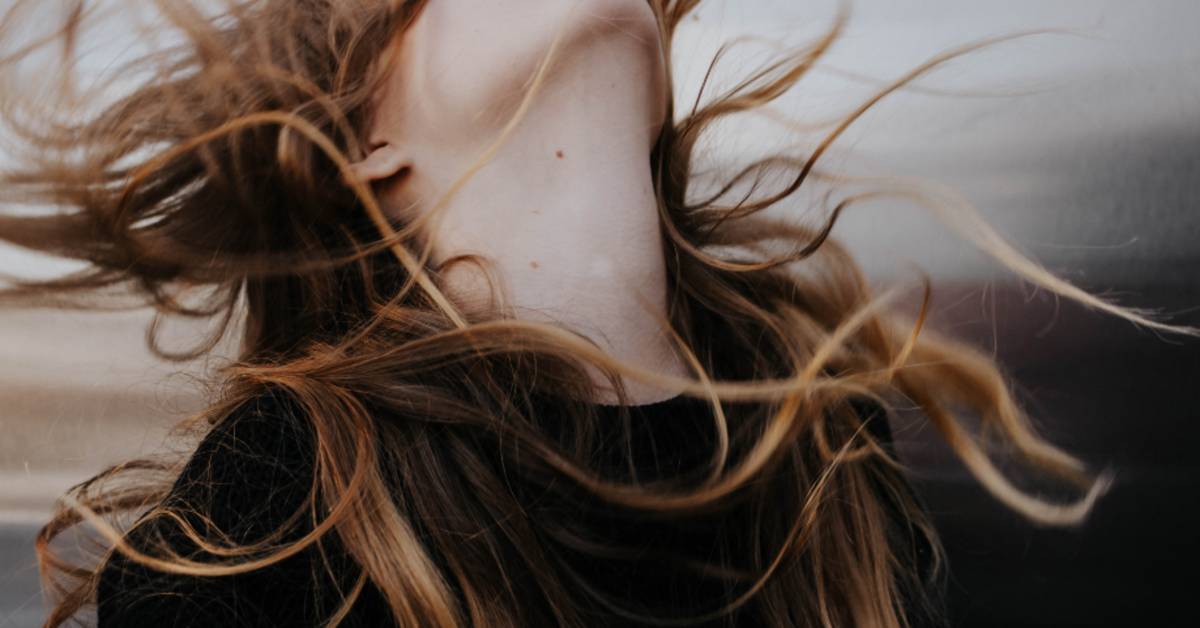The Anatomy of Your Hair

Welcome back to the Angelo David New York blog. On our blog, you can learn more about hair fall solutions and why you might be losing your hair, as well as essential hair care tips, the latest trends, the perfect wedding hair, and more. Today, however, we are diving deep and talking about the anatomy of our hair. Our hair, though appears simple, is actually made up of several parts that we look at when we use hair analyzers, and take into consideration when we color your hair.
Keep reading to learn more, and make an appointment for a complimentary consultation with one of our hair stylists to learn more about your hair. We use an APM 200 HD imaging device to thoroughly examine your hair and scalp on a microscopic level. By viewing your hair on this level, we are able to provide strategic hair thinning solutions to address the hair challenges that you face. Learn more about our hair salon and our hair fall solutions on our website.
The Five Parts of Your Hair
Just like your skin, your hair is made up of multiple layers and parts, and by looking at these various parts, we can have a clear picture of the health of your hair. Hair can be divided into two parts — the root and the shaft.
The Root
Our hair grows out of follicles — pockets located in the skin. The bulb of root of the hair sits within the follicle. Capillaries attach to the bulb of the hair and carry essential nutrients to the root. As each hair goes through its own life cycle, cells with the root of the hair will stay in place and continue to be nourished, and others will die and move up the hair shaft. These cells are what cause the hair shaft to be strong.
The Hair Shaft
The hair shaft is the other main part of your hair and what you see everyday. Though the hair shaft is made up of dead cells, blood supplies the hair with nutrients such as amino acids, mineral salts, and vitamins. These aren’t the only things, however, that your hair needs to be healthy. The hair shaft is also supplied with natural oil or lubricant by a gland that encompasses the shaft. The hair shaft is made up of three subparts:
Cuticle
The outside of your hair shaft is called the cuticle. You may have heard your stylist talk about the cuticle in reference to coloring or highlighting your hair. This part of your hair protects your hair and is made up of “doors” or scale-like structures that open with a color or highlighting process to allow the change in hair color. The cuticle is also the part of your hair that determines your hair’s shine; a damaged cuticle will cause your hair to look dull, lifeless, and unhealthy.
Cortex
The next layer of the hair shaft is the cortex — which is the thickest part of the hair. This layer is where your hair color and pigmentation reside. Melanin, which is also located in our skin and responsible for our skin tone, is also present in our hair in this layer. There are two types of melanin that can be found in this hair layer and these affect your actual, natural hair color:
- Eumelanin – this pigment is responsible for black and brown hair
- Pheomelanin – is responsible for yellow, blonde, and red pigments
- To note: Gray hair is hair that no longer processes melanin to produce color.
The cortex is the layer that is affected when your hairstylist colors your hair and allows for you to enjoy your new hair color for weeks after your service.
Keratin, an essential protein, is also present in this layer of hair: more than 75 percent of your hair strand is made up of keratin. Keratin protects the hair stand and gives your hair the heavy feeling.
Medulla
In the innermost part of your hair resides the medulla made up of round cells. If you have thin or blonde hair, your hair might not have this layer. Thick hairs and people with dense and thick hair are primarily the ones that have this layer.
To understand the state of your hair health, we often look at these various parts, and more specifically, the hair’s cuticle. When we use a hair analyzer, we are able to see what is going on with your hair’s cuticle on a microscopic level. Learn more about getting a hair analysis, on the Angelo David New York website!

